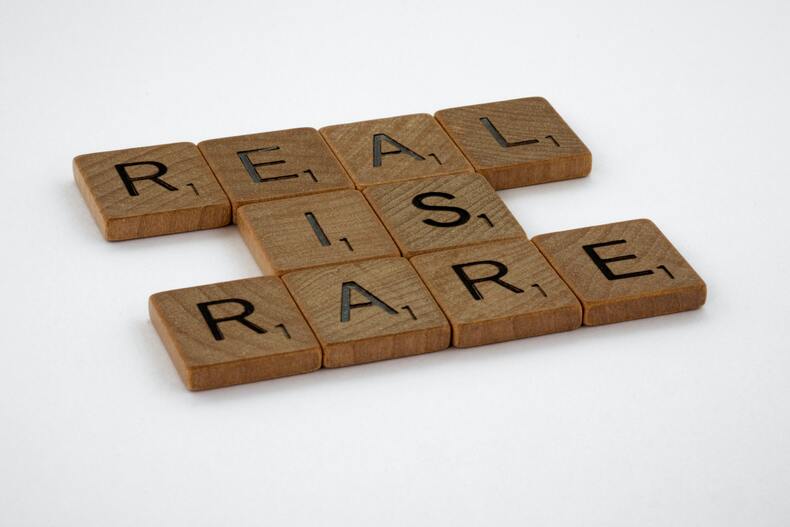
Those that abandon forced roles within their families, societies, and networks and instead work to become more self-aware have better confidence. They work to uncover their genuine desires and ambitions and as a result, have healthier relationships. And they live each day driven by their individual authenticities and are noted to generally have more sound overall wellbeing. In international education, we in schools work hard to raise responsible and empathetic global citizens, so undoubtedly that should involve the teaching of authenticity and finding and following personal values and dreams rather than just falling in line. But does this actually speak to the experience of young students in education? And what about those governed by cultures, religions and authorities that do not celebrate such authenticity or the idea of leading your life according to your own values?
Over the past decade, working internationally has helped me expand my network of global educators and leaders. We have swapped stories of founding programs with limited resources; struggling for clearance to open facilities amidst a seemingly infinite myriad of red tape; grappling with the culture clashes between diverse schools and local authorities; adjusting “our” curricula to the locale’s interpretation; and so on. The work can be timely, taxing and overly-bureaucratic but beyond that, many of those shared frustrations were often rooted in fear or unintentional bias. We wanted things done in ways we not only understood well and that were familiar, but also ways that were “right” according to our training and backgrounds. It wasn’t just bringing best practice. Instead of adapting to our new surroundings, we were trying to replicate and it wasn’t fair to those we were serving: students not only working on academics but developing their own identities and values.
Founding new schools in new places is exciting. But most often those “new” schools are founded on antiquated practices and ideas and unfortunately, this is sometimes embodied in its leaders. Many leaders have achieved success in doing things the old or familiar way and try to replicate that in a new place. Perhaps, some are just too fearful—for a myriad of important reasons (livelihood for one)—to lead revolutionary change in their less-familiar and somewhat non-inclusive circumstances. But by contrary, modeling authenticity means that we are looking inward to lead with our own earnest thoughts and values. We work to build systems of support through honesty, vulnerability, and true connections with others in which we take daily action to maintain that authenticity. Our goal is to gain perspective and to analyze not only our progress but also the influences on our selves and work. However, curriculum and educational business models fail to evolve and progress as quickly as society, and if leaders do not thoughtfully drive authenticity-in-self, young people will suffer. Without this impetus, discrimination; prejudice; outdated policies and consequences; and tradition (good or bad) will prevail. Conversely, authenticity fosters inclusion.
We know learning is a continual process. What we believe now will likely change over time. What is best practice now will be outdated in the future. Educators have to remain open to change and progression in the field. But we do not often afford that opportunity to our students. We teach the same “soft skills” or values like resilience, organization, and honesty each year. These are absolutely skills and characteristics to honor and maintain, but what about the teachings of intersectionality, diversity in identity, change making, and critical analysis of history? These ideas create safe spaces for young people to question who they are and who they want to become—not just aligning to models provided to them via regurgitated pedagogy in age-old curricula.
As international leaders, we are often bound to traditions, cultures and laws of our host countries. Regulations may be tied to a particular religion or dominated by specific ideological practices that favor tradition above acceptance, preventing leaders from changing the status quo. Considering the limitations, have we done enough to help the young people under our care feel a true participatory sense of engagement and belonging?
Quite simply, no.
But we can learn to do better and accept that as an ongoing process.
The reality is that how we create equitable spaces for all young people—regardless of their race, nationality, sexual identity or orientation, disability status, etc.—is something that is constantly evolving. Adaptation will always be necessary: from the language we use to the rights we advocate for on behalf of those we represent. Fortunately, ideas don’t cost money. And encouragement and open-mindedness for who our students want to be, and how they want to define themselves, doesn’t have to cost us either. Yes, we are absolutely responsible for contributing to how young people are molded and taught how to be a “good” person. It is important that they are able to define their own individual values and thus work to become their authentic selves. We can do better, and inclusive education is a good place to start.
Inclusion shouldn’t be political. It is simply the prospect of a space where everyone feels a sense of belonging—regardless of their identity. But inclusion is political. It is so because not everyone is ready to accept each other’s authentic selves. School leaders shouldn’t be among those.
[“source=gesseducation”] Techosta Where Tech Starts From
Techosta Where Tech Starts From